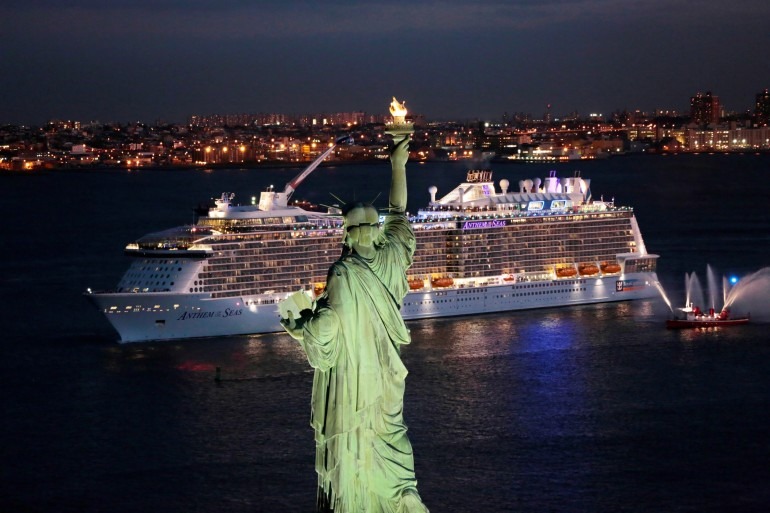
Is Cruising In The Off-Season Worth It?
Summer isn’t the only time to embark on a cruise. Cruising during the off-season, also known as the shoulder or low season, has its own advantages and disadvantages. Here are five pros and cons of cruising during the shoulder season.
What are the advantages of off-season cruising?
Cruising during the off-season offers several advantages. Firstly, lower prices are a major benefit, as off-season cruises often come with significantly reduced rates compared to peak season, making them more affordable for budget-conscious travelers. Additionally, the off-season brings fewer crowds, allowing passengers to enjoy the ship’s amenities without feeling cramped. With fewer people on board, there are shorter lines for activities, restaurants, and attractions, providing a more relaxed and enjoyable experience.
The reduced number of passengers during the off-season enables the cruise crew to provide more personalized attention and service. This personalized service enhances the overall experience, as the crew can cater to individual needs and preferences. Furthermore, off-season cruises offer unique itineraries that may not be available during peak times. Some cruise lines provide unique routes to less-traveled destinations or offer one-of-a-kind experiences, allowing passengers to explore new and exciting places.
Lastly, booking a cruise during the off-season increases the chances of securing the desired cabin category or specific cabin location. With higher availability during the off-season, passengers have more options to choose from and can book the accommodations that best suit their preferences. Cruising during the off-season offers lower prices, less crowded environments, personalized service, unique itineraries, and better availability, making it an appealing choice for those seeking a more affordable and enjoyable cruise experience.
What are the disadvantages of off-season cruising?
Unfortunately, cruising during the off-season also has its drawbacks. There is a higher risk of encountering unpredictable weather, such as storms or rough seas, which can disrupt the itinerary, lead to cancellations, or make the experience less enjoyable for those prone to seasickness. Additionally, some cruise lines may reduce or alter their onboard activities and entertainment options during the off-season due to the lower passenger count, resulting in a less exciting atmosphere and fewer choices for entertainment.
Additionally, cruising during the off-season means fewer passengers will be on board. While this is an advantage for some, if you enjoy meeting and interacting with a diverse group of fellow travelers, the off-season might not offer as many opportunities for socializing. Moreover, depending on the destination, certain ports of call may have limited attractions or services available during the off-season, reducing the chances of engaging in exciting shore excursions or experiencing vibrant activities ashore.
Lastly, it’s important to note that cruise lines often schedule maintenance and renovations during the off-season when passenger demand is lower. While efforts are made to minimize disruptions, you may encounter certain areas of the ship being closed off or undergoing maintenance, which could temporarily limit your access to certain amenities or facilities. Despite the drawbacks, many still find the lower prices, reduced crowds, personalized service, unique itineraries, and better availability during the off-season to outweigh any potential inconveniences.
Who should go on an off-season cruise?
Off-season cruises are a great choice for anyone with schedules that are more flexible, including retired individuals, families with young children, and even employees who work remotely (don’t worry, we won’t tell your boss).
If off-season cruises seem like the perfect fit for you, consult with your cruise line to see what amenities and itineraries are available, and don’t be afraid to research several cruise lines to get the best deal! Happy cruising!
By Ethan Leckie









